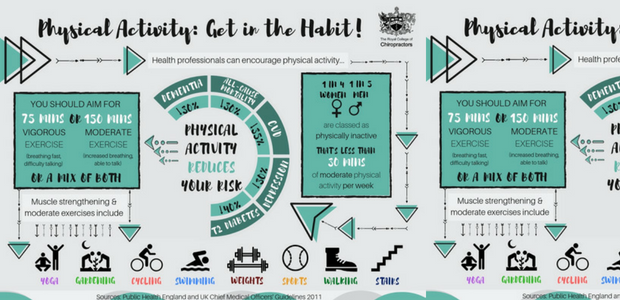Simply When You Assume Alleviation Is Near, Soft Tissue Treatment Exposes Its Awkward Truths-- Find Why The Process Can Be Uncomfortable Yet Valuable
Simply When You Assume Alleviation Is Near, Soft Tissue Treatment Exposes Its Awkward Truths-- Find Why The Process Can Be Uncomfortable Yet Valuable
Blog Article
Writer-Carson Conradsen
When you undertake soft Tissue therapy, you could locate it surprisingly uneasy. This pain emerges as stress is related to stressful muscular tissues and broken cells, triggering your pain receptors. While it can really feel upsetting in the minute, there's a reason behind this experience. Understanding what takes place in your body during these therapies can assist you value the process. So, what exactly is taking place below the surface?
The Physiology of Discomfort Throughout Soft Tissue Therapy
When you go through soft Tissue therapy, your body's action to discomfort is an intricate interplay of physical processes. As the therapist uses pressure, your body triggers discomfort receptors, sending out signals to your mind. This causes the launch of neurotransmitters, such as substance P and glutamate, which amplify the sensation of discomfort.
Your muscles may also tighten in feedback, more complicating the experience. In addition, your body may launch endorphins, natural medicines that can help relieve some discomfort.
The interaction between these processes can produce a distinct experience for every person. Comprehending this physical action helps you browse the feelings throughout therapy, permitting you to value the balance in between pain and the possibility for recovery benefits.
The Duty of Discomfort in the Recovery Process
Although discomfort during soft Tissue treatment can really feel overwhelming, it plays a vital role in the recovery procedure. When you experience pain, your body is signifying that it's functioning to repair broken cells. This reaction aids enhance blood circulation to the damaged area, delivering important nutrients and oxygen required for recovery.
Additionally, https://www.prnewswire.com/news-releases/advanced-spine-and-posture-in-henderson-boasts-the-premiere-chiropractic-biophysics-clinic-in-green-valley-301308640.html can advertise the release of endorphins, your body's all-natural painkillers, developing a sense of alleviation post-treatment. Welcoming this pain can aid you comprehend your body's limits and urge you to address underlying issues.
While check over herea , this process is crucial for long-lasting healing and boosted function. Identifying https://johnnysoicx.worldblogged.com/39075411/suppose-a-straightforward-sporting-activities-massage-therapy-could-open-your-peak-performance-and-protect-against-injuries-discover-the-shocking-advantages-that-might-change-your-sports-journey as an essential part of recovery can equip you to remain devoted to your therapy.
Tips for Handling Discomfort Throughout and After Treatment
Handling pain during and after soft Tissue therapy can significantly boost your overall experience and recuperation.
To start, connect honestly with your specialist concerning your discomfort degrees; they can adjust methods appropriately. Making use of deep breathing methods can likewise aid you unwind and reduce pain.
Take into consideration using ice to the cured area post-session to decrease inflammation and numb soreness. Remaining moisturized aids in the healing process, so consume lots of water.
Gentle extending and light motion after treatment can advertise blood circulation and ease stiffness. Finally, ensure you obtain ample rest to enable your body to recover.
Applying these ideas can make your soft Tissue therapy more convenient and satisfying.
Final thought
In conclusion, while soft Tissue therapy can be uncomfortable, it's essential to recognize that this pain plays a crucial function in your recovery trip. By recognizing the physical reactions at play, you can approach the therapy with an extra favorable attitude. Remember, the first pain usually gives way to relief as your body launches endorphins. Embrace the procedure, and don't be reluctant to use the tips for handling discomfort to improve your experience and recovery.
